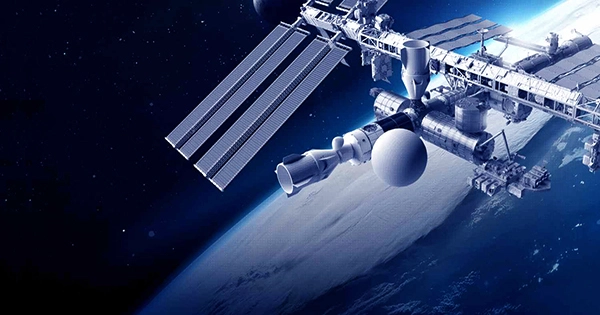NASA is strengthening its ties with the commercial space industry by announcing $278.5 million in funding for six American satellite communications firms, albeit it wants them to make their own investments. The Communications Systems Project (CSP) of NASA will assist commercial enterprises in developing near-Earth communications services that might be employed in future NASA missions. As NASA shifts its attention to deep space research, it plans to phase out its own network of communications satellites, leaving the private partnerships to fill the hole.
This is only the first round of the awards; NASA anticipates that each company will “meet or surpass their contributions… Over the course of the five-year program, the cost-share contribution will total more than $1.5 billion.” “We’re able to stimulate industry to show end-to-end capability leading to operational service by employing supported Space Act Agreements,” said Eli Naffah, CSP project manager at NASA’s Glenn Research Center, in a press release. “The flight demonstrations are risk-reduction activities that will develop multiple capabilities and provide operational concepts, performance validation, and acquisition models needed to plan the future acquisition of commercial services for each class of NASA missions,” says the NASA press release.

NASA has utilized this strategy before. The Private Orbital Transportation Services (COTS) and Commercial Crew Development (CCDev) programs gave money to commercial space businesses to develop cargo and crew transportation to the International Space Station (ISS). Both initiatives were a success, with NASA ultimately awarding cargo transportation contracts to SpaceX and Orbital ATK and crew transportation contracts to SpaceX and Boeing.
Of course, the entire satellite communications market is evolving, as seen by the fact that SpaceX received the largest portion of the funding, with Amazon’s Kuiper close behind. However, while its concentration on consumer internet is viable for a large-scale company, it does not always satisfy the criteria of NASA missions, therefore a mix of legacy and new providers are also receiving funding.
A NASA Tracking and Data Relay Satellite (TDRS) in orbit, as shown by an artist, The TDRS system connects ground stations to the International Space Station, the Hubble Space Telescope, and a number of Earth scientific satellites. To allow private operators to fulfill future near-Earth communication mission requirements, the government would decommission TDRS.
NASA Credits, On April 20, NASA announced the selection of six American satellite communications (SATCOM) firms to begin developing and proving near-Earth space communication capabilities that might support future NASA missions. As it moves to decommission its near-Earth satellite fleet, the agency has been assessing the viability of using commercial SATCOM networks for near-Earth operations for more than a year. NASA could devote more time and money to deep space exploration and scientific missions if it took this method.
















